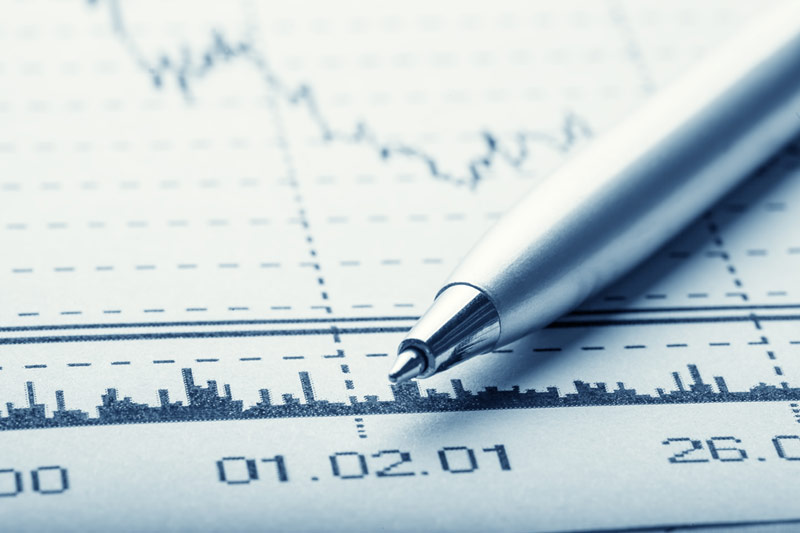By Ankur Banerjee
SINGAPORE (Reuters) -Asian equities fell on Wednesday after a disappointing outlook from Europe’s biggest tech firm ASML (AS:) dragged down chip stocks, while expectations that the Federal Reserve will take a modest rate cut path propped up the dollar.
Also weighing on the market was a fall in quarterly sales for French luxury giant LVMH that showed demand in China for luxury goods worsened, denting some of the enthusiasm around China spurred by stimulus measures.
Stocks in Japan, Taiwan and South Korea – all home to major chip firms – fell, down 1.7%, 1.2% and 0.6% respectively. The MSCI’s broadest index of Asia-Pacific shares outside Japan lost 0.31%.
ASML, whose customers include TSMC, Samsung (KS:) and SK Hynix, forecast lower than expected 2025 sales, saying that despite a boom in AI-related chips, other parts of the semiconductor market have been weaker for longer than expected.
A Bloomberg News report that U.S. officials have been considering implementing a cap on export licenses for AI chips to specific countries also weighed on risk sentiment.
European stock markets were set for a weaker open, with Eurostoxx 50 futures 0.62% lower, German dropping 0.2% and down 0.12%.
Matt Simpson, senior market analyst at City Index, said investors are likely questioning how exposed to risk they really want to be, given there are risk events and a U.S. election looming on Nov. 5.
“I expect investors to become increasingly twitchy as we head towards November 5th, and keen (to) book profits at frothy levels.”
In China, stocks were having a volatile day as investors await concrete details on stimulus plans. The blue-chip CSI300 index was last down 0.24%, while Hong Kong’s was 0.88% higher.
Investors are focused on Thursday when China will hold a press conference to discuss promoting the “steady and healthy” development of the property sector.
“We believe investors should view the policy announcements since Sept. 24 as an integrated plan rather than isolated messages – the policy pivot looks very much here to stay,” HSBC strategist Steven Sun said in a report.
RISING DOLLAR
On the macro side, investors remain enthralled by U.S. rates and shifting rate cut expectations after data underscored the resilience of the U.S. economy and showed a slight rise in inflation.
Traders are currently pricing in 46 basis points (bps) of easing this year. The Fed started its easing cycle with an aggressive 50 bp cut in September.
Markets see a 95% chance of a 25 bp cut from the Fed next month, the CME FedWatch tool showed, compared to a 50% chance a month earlier when investors were leaning towards another 50 bp cut.
As a result, the dollar has surged in recent weeks, with the , which measures the U.S. unit versus major rivals, at 103.24, hovering near its highest levels since early August.
The euro loitered around two-month lows and last fetched $1.0887 in early trading ahead of the European Central Bank’s policy meeting on Thursday, where the central bank is largely expected to cut rates again.
Sterling fell 0.38% to $1.3025 after data showed inflation in the UK for September came in below expectations.
Oil prices were steady after steep declines in the previous session as investors contend with uncertainty around tensions in the Middle East and what it means for global supply. [O/R]
futures rose 0.4% to $74.53 a barrel. U.S. West Texas Intermediate crude futures rose 0.44% to $70.89 per barrel.
Read the full article here


